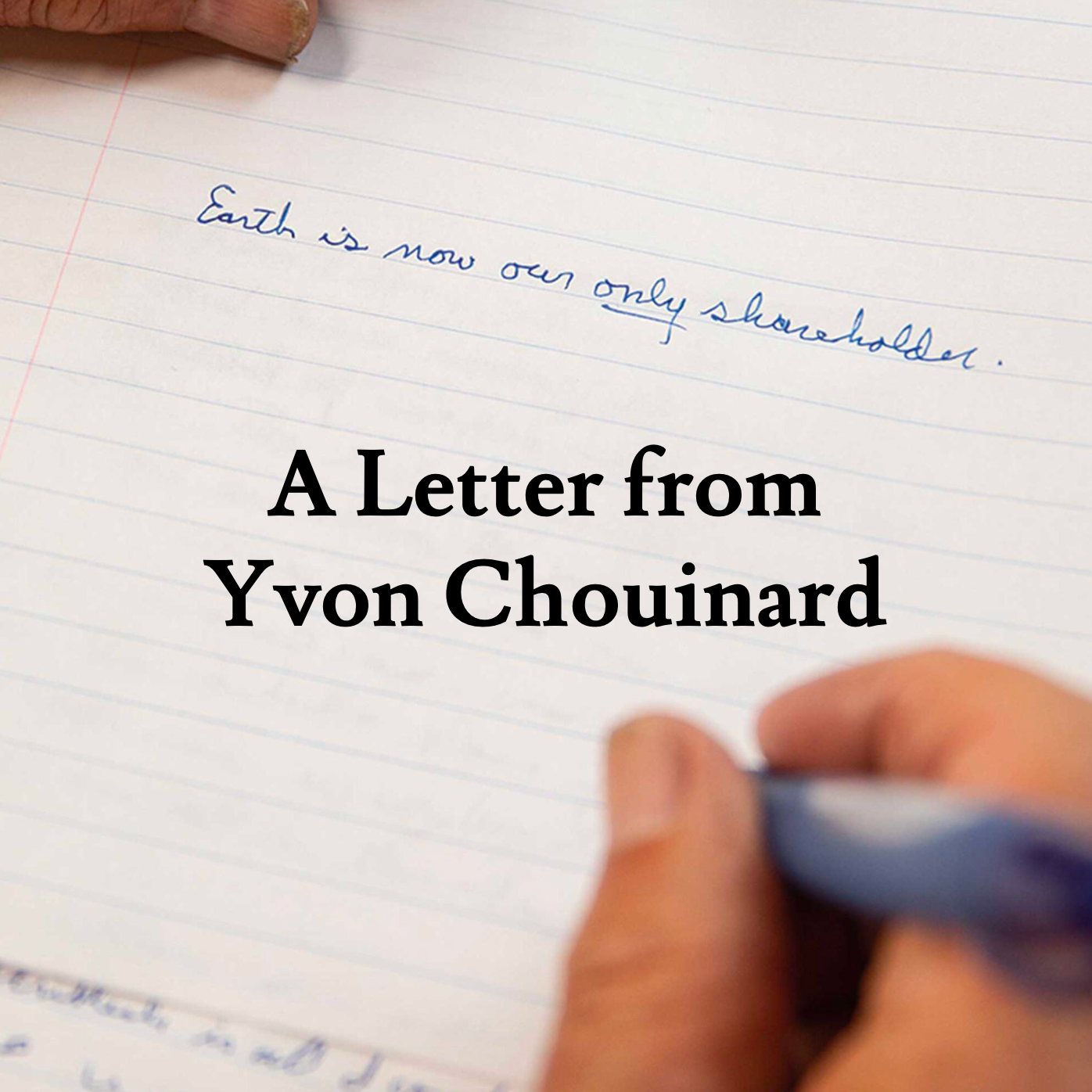Earlier this year, a coalition of Kimberley based organisations – the MFRC and EK alongside the Kimberley Land Council (KLC) and Pew Charitable Trusts – delivered a petition with almost 30,000 signatures urging the state government to stop all plans for large-scale water extraction in the catchment.
The KLC is the peak Indigenous body in the Kimberley region. It works with Aboriginal people to secure native title recognition, conduct land management activities, and develop cultural business enterprises. Its Chief Executive, Tyrone Garstone, said there needed to be changes in legislation to give rights to Traditional Owners over their Country.
“Traditional Owners have not consented to water being taken from the River for large-scale development and despite native title being determined along the entire length of the Martuwarra, there is currently no legislation to give Traditional Owners the right to protect their River,” he said. “For tens of thousands of years Aboriginal people have lived along the Martuwarra Fitzroy River and share a deep and profound connection to the living waters. Traditional Owners are best placed to protect and manage this Country and should be consulted in decisions made on the future of their River.”
MFRC Chair, Professor Anne Poelina, said the devastating floods highlighted the risks that would come with large-scale development on the floodplains and highlighted the need for locally led solutions. “The recovery from January’s devastating floods is an opportunity to rebuild for a sustainable future. The growing impacts of climate change are being felt in the Kimberley, including extreme flooding events that put communities at risk and cause damage to culture, livelihoods and Country,” she said.
This concerted response started with Traditional Owners questioning the status quo, almost three decades ago. Without their actions, there would not have been national recognition of the catchment; nor would there have been worldwide interest in the River and the consequent, consistent calls for its World Heritage listing.
But the fight goes on. Along with the push for water extraction, there are more and more proposals being raised to open the region to fracking and mining.
The only thing challenging the value of such proposals, as it has always been, are the people of the River and their partners – those who understand the risks posed by a changing climate and who believe the catchment is too unique, too precious, to risk for short term gain.














